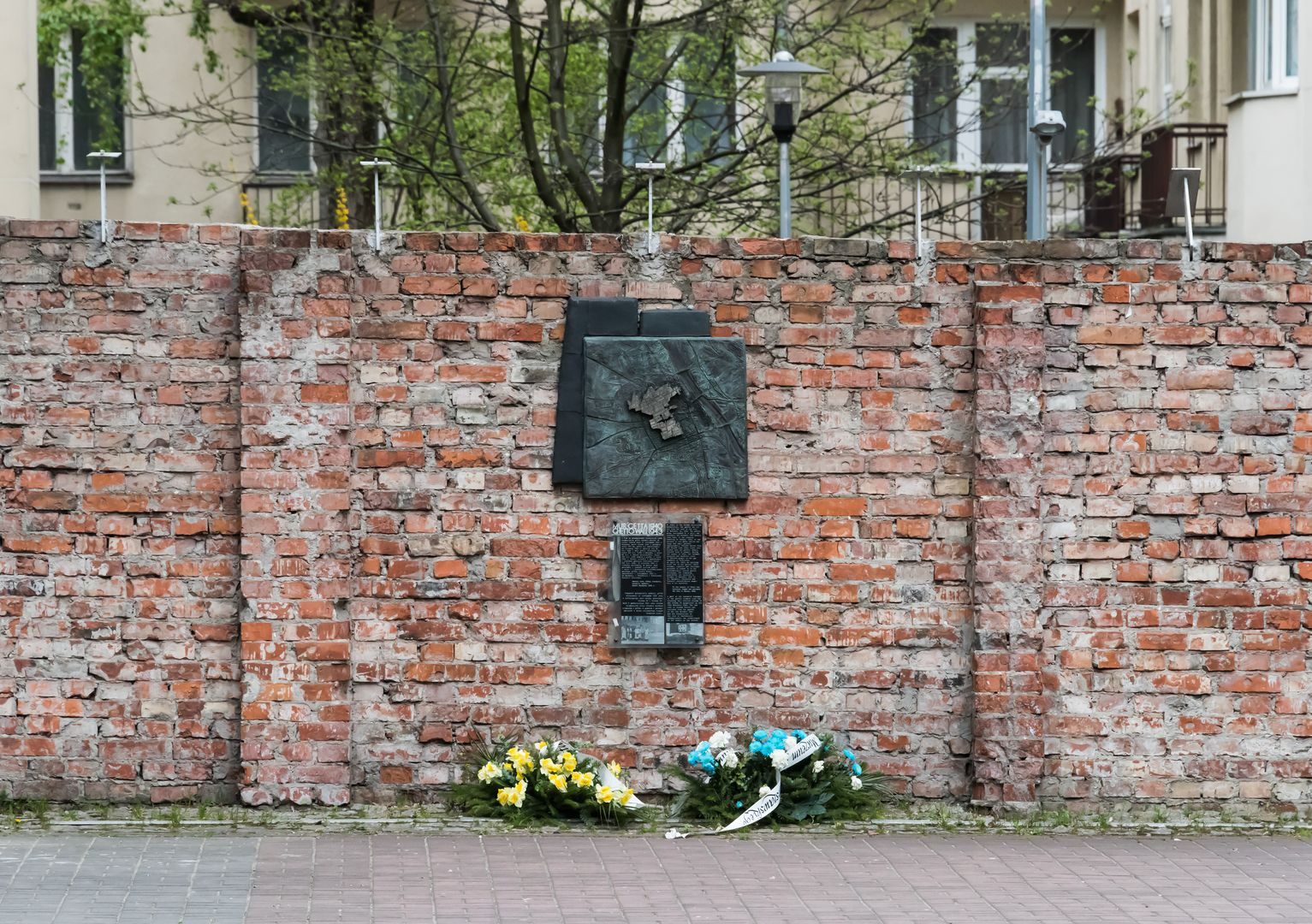Fragments of the Warsaw Ghetto walls
6.55

Overview
Fragments of the Warsaw Ghetto walls are historical remnants that bear witness to the difficult past of Jews in Warsaw during World War II. The ghetto's boundaries were established on November 16, 1940, and the total length of the wall was approximately 18 kilometers. After the war, most of the walls were demolished, and today only a few special sections remain. The three most prominent fragments are located at 55 Sienna Street, 62 Złota Street, and 11 Waliców Street.
At 55 Sienna Street, a 3-meter-high wall segment stands out, featuring a commemorative plaque honoring the initiative of Mieczysław Jędruszczak. A charming gap left by bricks removed for the United States Holocaust Memorial Museum in Washington adds to the site's significance. At 62 Złota Street, a 6-meter-high section of a building includes a plaque unveiled by Israeli President Chaim Herzog in 1992, with bricks from this segment also sent to a museum in Jerusalem. The wall fragment at 11 Waliców Street, which marked the ghetto boundary until 1942, has been integrated into a new residential complex, reflecting a contemporary approach to historical remembrance.
Other notable locations include the wall of the Jewish cemetery, which long defined the ghetto's boundaries, and the building of the Municipal Courts, whose walls also formed part of the enclosed district. These fragments hold not only architectural significance but also serve as cultural testaments and historical reminders, making their preservation and commemoration crucial for educational and historical contexts. Interestingly, some bricks from these walls were transported to various museums worldwide, highlighting the global dimension of Holocaust memory. These remnants not only document the tragedy of the Jewish community but also symbolize resilience and remembrance that must never be forgotten.
Location
Tickets
Powered by GetYourGuide
2025 Wizytor | All Rights Reserved